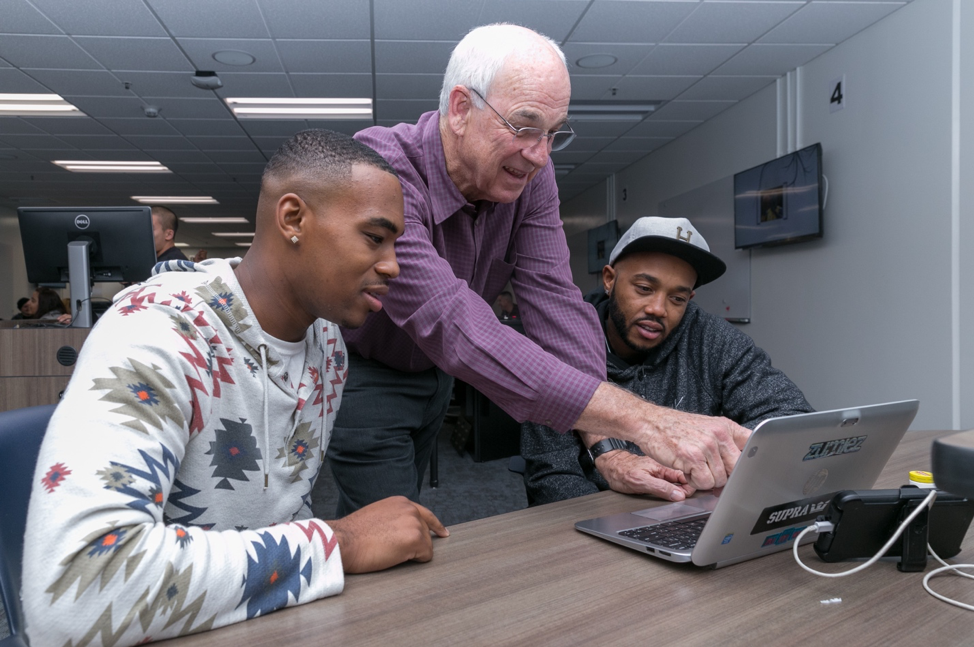The Best Way to Learn is to Teach
My son, Stephen Gurney, taught me that students teaching students has great power to foster learning–and that when students teach, they learn much more than the skills or content that they’re teaching. Stephen taught bilingual English and Social Studies at Virrey Solis, a K-11 school in Bogota, Colombia. Last year, he started a school called Student Promotion of English and Kindness (SPEAK). Every Saturday, his 10th grade students traveled up to Cerro Norte, a barrio in the hills of the city, to teach the preteens in this underserved community.
By trial and error, Stephen and his team worked through the problems and challenges to start SPEAK. They learned a few lessons that apply to any peer instruction endeavor:
- Structure each lesson. This included having a stated outcome, clear expectations, and a realistic time frame.
- Have fun. His students used a didactic pedagogical model, planning lessons that included games and fun activities.
- Don’t give up. There were a lot of bumps–and the students learned some lessons in grit as the year progressed.
- The teacher has to be a coach. Stephen learned that the school worked best when he coached his students through the process.

The year was a great success and SPEAK will continue in 2019. In addition to their English test scores soaring, the student teachers grew immensely from their immersion in compassion, kindness and resolve. They forged lasting bonds with each other and their pupils. And, they created a path to opportunity for children whose lives previously were limited by their challenging environment.



 I was a little futuristic back in 1990: I started
I was a little futuristic back in 1990: I started 
 In early May, I will be speaking at the
In early May, I will be speaking at the  If you don’t know who you are, and why you are doing all of this, then nobody else will. And, who you are begins with your mission and values. Wow, these are important!
If you don’t know who you are, and why you are doing all of this, then nobody else will. And, who you are begins with your mission and values. Wow, these are important! I do some of my best thinking in the early morning. Sometimes, I wake up at 3 am, and these riffs play in my head. I worry about that difficult phone call coming up, or some stressful situation. Have you noticed that these worries are never as big as they seem in the wee hours?
I do some of my best thinking in the early morning. Sometimes, I wake up at 3 am, and these riffs play in my head. I worry about that difficult phone call coming up, or some stressful situation. Have you noticed that these worries are never as big as they seem in the wee hours?